3D-printed lithophanes are helping to democratize science by making data more shareable between sighted and blind scientists.
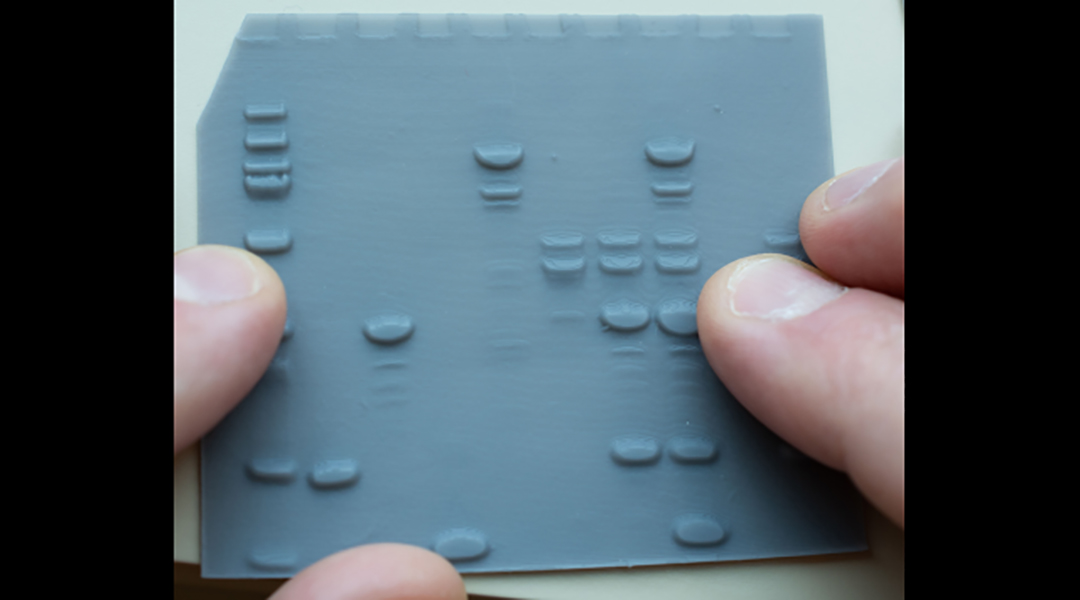

3D-printed lithophanes are helping to democratize science by making data more shareable between sighted and blind scientists.
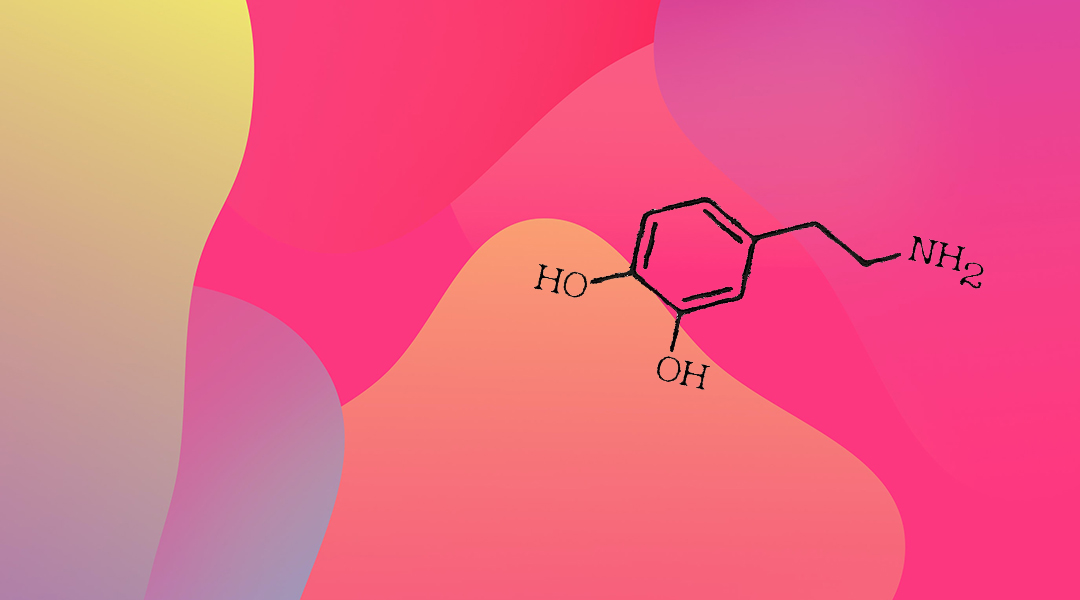
Dopamine might play a more complex role than was previously assumed when it comes to learning and reward association.

Researchers refute a hypothesis that the human brain shrank 3,000 years ago as a result of the transition to living in modern societies.
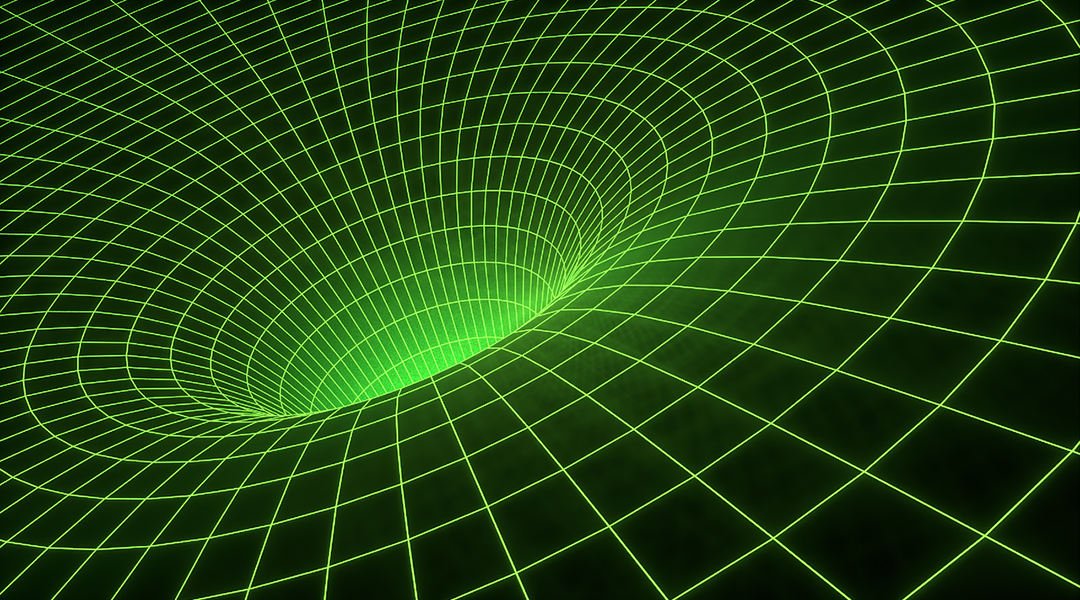
To address unknown quantum gravitational effects in the early universe, physicists have recruited string theory to help solve the problem.
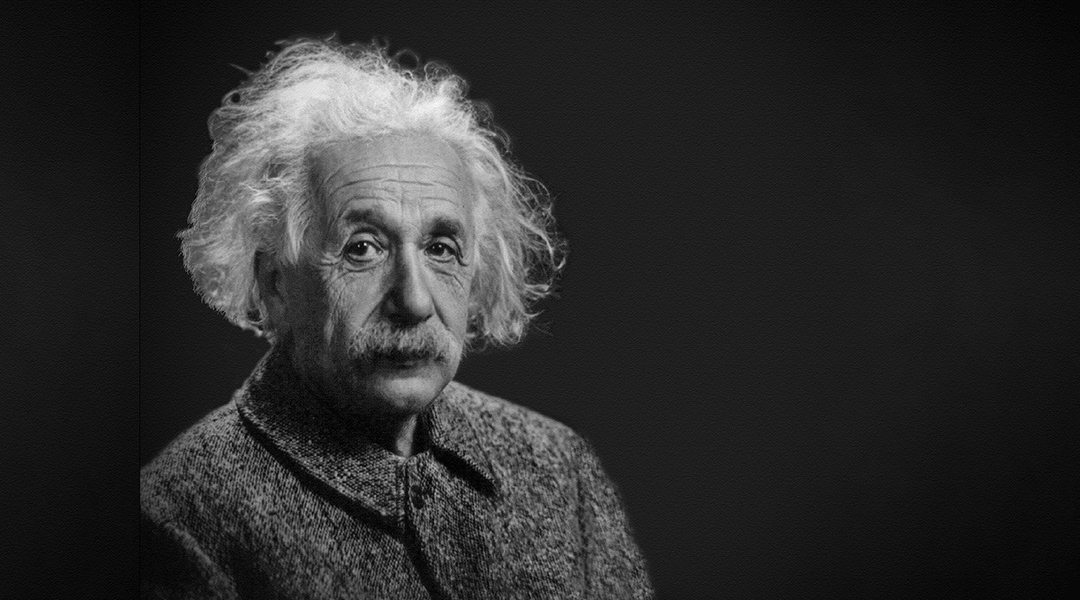
More than 100 years on after Einstein’s 1921 Nobel Prize, some confusion remains around the committee’s reasons for omitting relativity.
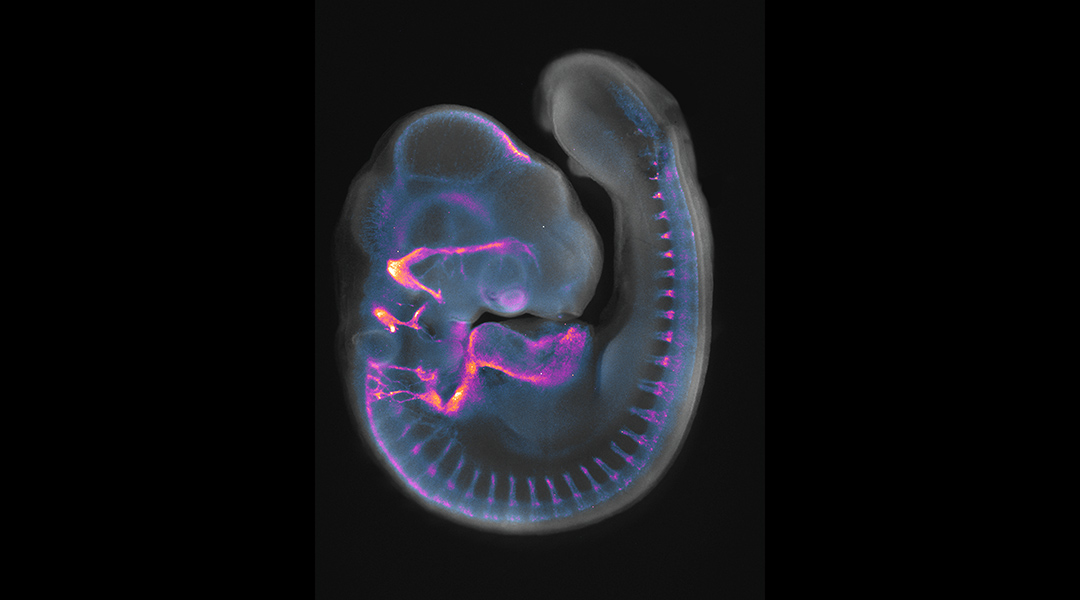
It turns out that a single factor is responsible for ear cell development, which could one day be used to treat disease and malformations.

Biologist Gautam Dey is deciphering the evolution of the cell nucleus to answer fundamental questions in biology.

Having organized all different formats of conferences, we believe that the hybrid format is here to stay.

The growing field of circadian biology is advancing our understanding of rhythms and represents a model of balance to help inform medicine.

Glimpse into the notebooks of physicist John Wheeler, which capture his eclectic, crazy, and yet never one-dimensional ideas.